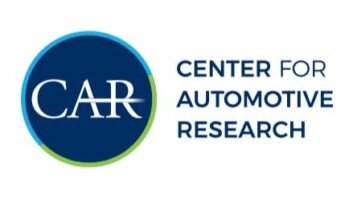
The latest in audio accessories for your early 1960s DeSoto — a record player!
A number of car radio add-ons had long life spans. The cassette player lasted about 35 years, ending with the 2010 Lexus, according to the New York Times. The quirky 8-track with its odd tracking scheme, formidable hiss and its propensity to warp as the temperature rose and fell was only somewhat less successful. It appeared in Ford vehicles first in 1966 and was still popular as late as 1979.
While those two formats were considered winners at the time and sold thousands of units across the country, three other products will be placed, along with New Coke, flavored ketchup and the use of hydrogen in blimps such as the Hindenburg, in my museum of historical fails.
1. In 1956 Chrysler (including its DeSoto, Plymouth and Dodge badges) along with Columbia Records introduced an idea that was sure to catch on: the in-dash phonograph! If you don’t believe me, check it out here and here. It didn’t fly for several reasons, including the fact that records had to be made in a proprietary format and happened by coincidence to feature only Columbia artists. The device was relaunched in 1960, this time with the ability to play standard 45s, and utilizing a phonograph cartridge that came up from the below the disk. Despite RCA’s involvement this time, once again the public stayed away. Such silliness was not limited to the U.S. as Philips also dabbled with a car-based record-playing system in the 1960s in Europe.
2. One of the coolest options for a car radio was the rear-speaker reverb. Since the only technology that was practical at the time (the 1960s) was a spring-based unit, the audio was quite sproingy-sounding and unfortunately each bump in the road produced a metallic crash that jolted the driver to the brink of madness. Even when the Studio-Sonic reverb in our Ford T-Bird was functioning properly, Elvis sounded like he was belting it out from deep inside a coffee can.
Oh, and Chrysler too had a rear speaker reverb system for its cars, notably the Imperial model.
3. But for those of us who wanted to impress the ladies, there was nothing like a home-made color organ! Reaching its peak popularity in the days of disco balls and bell-bottoms, this lighting unit featured various-colored LEDs that responded to base, midrange and treble frequencies in the music. But I saved this oddity for last because there are signs it hasn’t completely disappeared from the automotive world. If you hurry, you can still get your kit here. Highly recommended for those with an Aquarius decal in their rear windows.
Ken Deutsch is still waiting for his paisley shirt and madras tie to come back in style.












